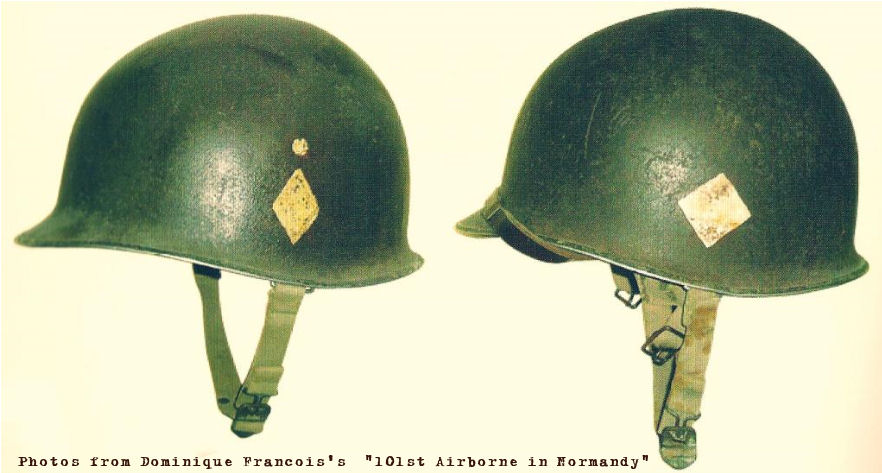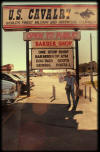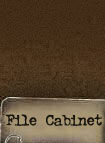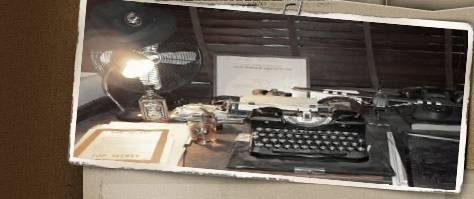 |
| |

Battle Relic: 101st Combat
Aviation Brigade Black Diamond
Helmet Patch; U.S. Army; Current.
Introduction: This is
probably the most contemporary
Battle Relic featured by this agency
and certainly the one that we have
acquired at the lowest cost.
We obtained it as a “Res
Derelicta” from the
US
Cavalry Store across Gate 4 of
Fort Campbell, Kentucky on Veterans
Day 2012.
While visiting the showroom we also
stopped at their tailor shop.
Here, soldiers can have their
uniforms altered and patches sewn
on.
With regards to the latter, the US
Army has recently adopted a new
regulation allowing soldiers to sew
name tapes, service tapes, rank
insignia and skill badges on their
Advanced Combat Uniform (ACU),
instead of using Velcro™.
On the counter of the tailor shop
stood a small plastic basket with
used patches and the lady staffing
this section invited us to help
ourselves getting some of them.
Happily we obliged and picked three
martial insignia:
- one HALO (High
Altitude Low Opening)
parachute qualification
badge, embroidered on ACU
camouflage for sewing on
according to the new
regulation;
- one green felt combat
leader shoulder loop with
First Lieutenant rank
embroidered on directly;
- one helmet patch in the
shape of a black diamond of
the 101st Combat Aviation
Brigade, which will be
featured here as Battle
Relic # 18. |
|
|
(click for
enlargements)


|
|
Item Description: Our
helmet patch is a fully embroidered
patch on twill, both in black thread
and fiber, in the shape of the
diamond symbol in a deck of cards.
It is 2 1/2" in length and 2"wide.
The patch has a black merrowed edge
and the backside is coated with a
rubbery shiny substance intended to
easily iron-on the patch on another
cloth surface.
This patch has clearly never been
attached to another item by means of
the iron-on substance. |
|
(click for
enlargements)
   |
History
From an article titled "Legend
of Diamonds and Tail-booms",
dated 13 OCT 2010 on
WWW.ARMY.MIL
by Spc. Tracy R. Weeden we learned
more about this patch's history.
The black diamond worn on the
helmets of soldiers in the 101st
Combat Aviation Brigade is an iconic
part of their uniform and history.
The legend began in World War II,
when the 101st Airborne Division
created tactical helmet insignias to
help reassemble the paratroopers on
the ground.
After jumping into Normandy on
D-Day, the troops were divided over
miles of terrain.
If they were unable to recognize
each other, it would be difficult to
regroup.
"The four infantry regiment
commanders pulled cards from a deck
before D-Day, which is why they were
labeled with card suites", said
John O'Brien, Fort Campbell,
Kentucky, installation historian at
the Brigadier General Don F. Pratt
Museum.
Some additional symbols were later
added to designate other assets
within the division; such as the
artillery, engineer and medical
units.
|
|
(click for
an enlargement)
.jpg)
Helmet markings of
the various sub-units of the 101st
Airborne Division in World War Two |
|
In World War Two, paratroopers of
the division's 501st Parachute
Infantry Regiment wore the diamond
symbol on their helmets. |
|
(click for
an enlargement)

Left: Helmet
of Headquarters Company of the 501st
Parachute Infantry Regiment
Right: Helmet of 501st
Parachute Infantry Regiment found in
Saint-Côme-du-Mont, Normandy, France |
In May 2013, in the
101st Airborne Museum on 11 Avenue
de la Gare in Bastogne, Belgium
we were given a behind the scenes
tour of recently acquired artifacts
soon on display in the museum.
Among them was an M1 steel helmet
with unit stencils of 2nd Bn. of the
501st. |
|
 |
At the end of World War II, the
101st was deactivated and helmet
symbols were abandoned.
When the division was reactivated,
it was reorganized several times,
finally being designated as an air
assault division. |
Diamond Symbol of the 101st
Combat Aviation Brigade
The 101st Combat Aviation Brigade
was constituted in 1968 at Camp
Eagle, Republic of Vietnam under the
101st Airborne Division, which makes
the history of their helmet symbol,
different than their brother
infantry units of the 327th, 502nd
and 506th Regiments; the main
infantry components in the
division’s 1st, 2nd and 4th Brigades
respectively.
"Helmet markings were rarely seen
after World War II," said
O'Brien.
"It appears to me that the 101st
Aviation Regiment and the 159th
Aviation Brigade can trace their
helmet symbols not to the deck of
cards scheme of World War II, but to
the tail markings of Vietnam."
Helmet patches
Helmet markings were reestablished
for esprit de corps and unit pride
after the attacks on 11 SEP 2001.
They came back into use when CPT Jim
Page, 1st Brigade assistant
operations officer, recommended they
readopt the Club patch of the 327th
Glider Infantry Regiment of World
War Two, O'Brien explained.
CPT Page later became the
division’s official historian and is
featured in several articles on this
website.
Unfortunately he died at the age of
42 in January 2013.
By 2003, as units were deploying to
Iraq, the other brigades were
adopting their units' patch and
gluing it to their helmets.
The use of helmets made from
Kevlar™, fitted with covers
manufactured from camouflaged
fabric, made stenciling the unit’s
symbols with paint useless and cloth
patches were introduced.
Units who did not have one of the
initial helmet patch designs adopted
symbols representing their lineage,
such as tail-boom markings.
Another example is the "Torrii"
symbol on the helmets of the men in
3rd Brigade "Rakkasans"; the
traditional emblem of the 187th
Infantry Regiment.
All units within the division now
wear the markings on their helmets
to pay tribute to their rich
heritage.
|
Diamond Symbol of the 501st
Parachute Infantry
The 501st Parachute Infantry
Regiment of World War II is not a
part of today's 101st Airborne
Division (Air Assault).
It consists of one battalion (1st
Bn. of the 501st) of paratroopers
and has been assigned to the 4th
Brigade Combat Team (Airborne), 25th
Infantry Division, U.S. Army,
located in Fort Richardson, Alaska.
Only the 4th Brigade Combat Team is
on airborne status, not the entire
25th Infantry Division.
Continuing the World War Two
tradition of the white diamond
stencils, the men in the 1st of the
501st today wear similar helmet
patches as their brothers in arms in
the 101st Aviation Regiment but with
an even older traditional
background.
|
|
(click for
enlargements)
_small.jpg)
_small.jpg)
_small.jpg)
_small.jpg)
Soldiers of 1st
Bn./501st Infantry, 4th Brigade
Combat Team (Airborne), 25th
Infantry Division |
|
CONCLUSION:
The 101st Combat Aviation
Brigade links their current use of
black diamond helmet patches with
the use of color-coded diamonds on
UH-1 helicopters by the unit during
Vietnam.
The tail-boom marking of the 101st
Aviation Battalion helicopters was
the diamond. We have obtained one of
these patches and with it, own a
piece of American martial tradition.
What the exact history of this patch
is and where it has been, is not
known.
But because it was found in the used
patches basket of the tailor shop
across the road form Fort Campbell,
"Home of the 101st Airborne Division
(Air Assault)", it is very likely
that is was removed from a war torn
uniform or helmet cover that had
seen action in Iraq or Afghanistan. |
|
EXHIBITIONS: |
|
(click for
enlargements)
1)_small.jpg) 2)
2)_small.jpg) 3)
3) 4)
4) 5)
5)
1 & 2: UH1
helicopters in Viet Nam with
101st Aviation Brigade
diamond symbols on tail
booms
3: 101st CAB soldier
with black diamond helmet
patch in Afghanistan
4: 4th Brigade
(Airborne), 25th
Infantry Division patches on Multicam camouflage uniform
as worn in Afghanistan
5: Ad sign for the US
Cavalry store across Gate 4
on Fort Campbell Boulevard
North of Clarksville,
Tennessee
|
|
Back to Battlerelics
 |
|
|
|
|
|
| |
| |
| |
| |
|













